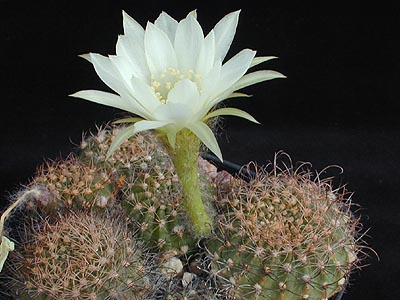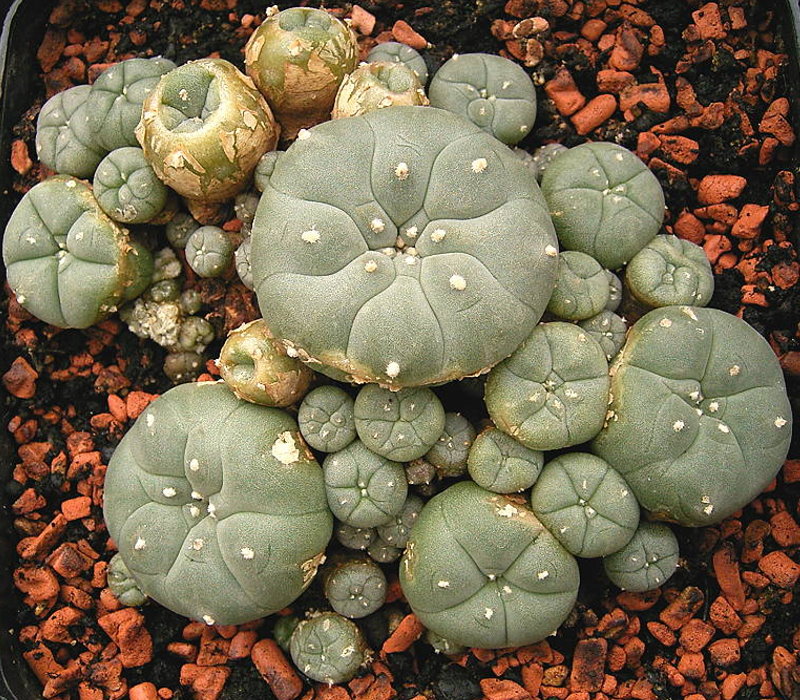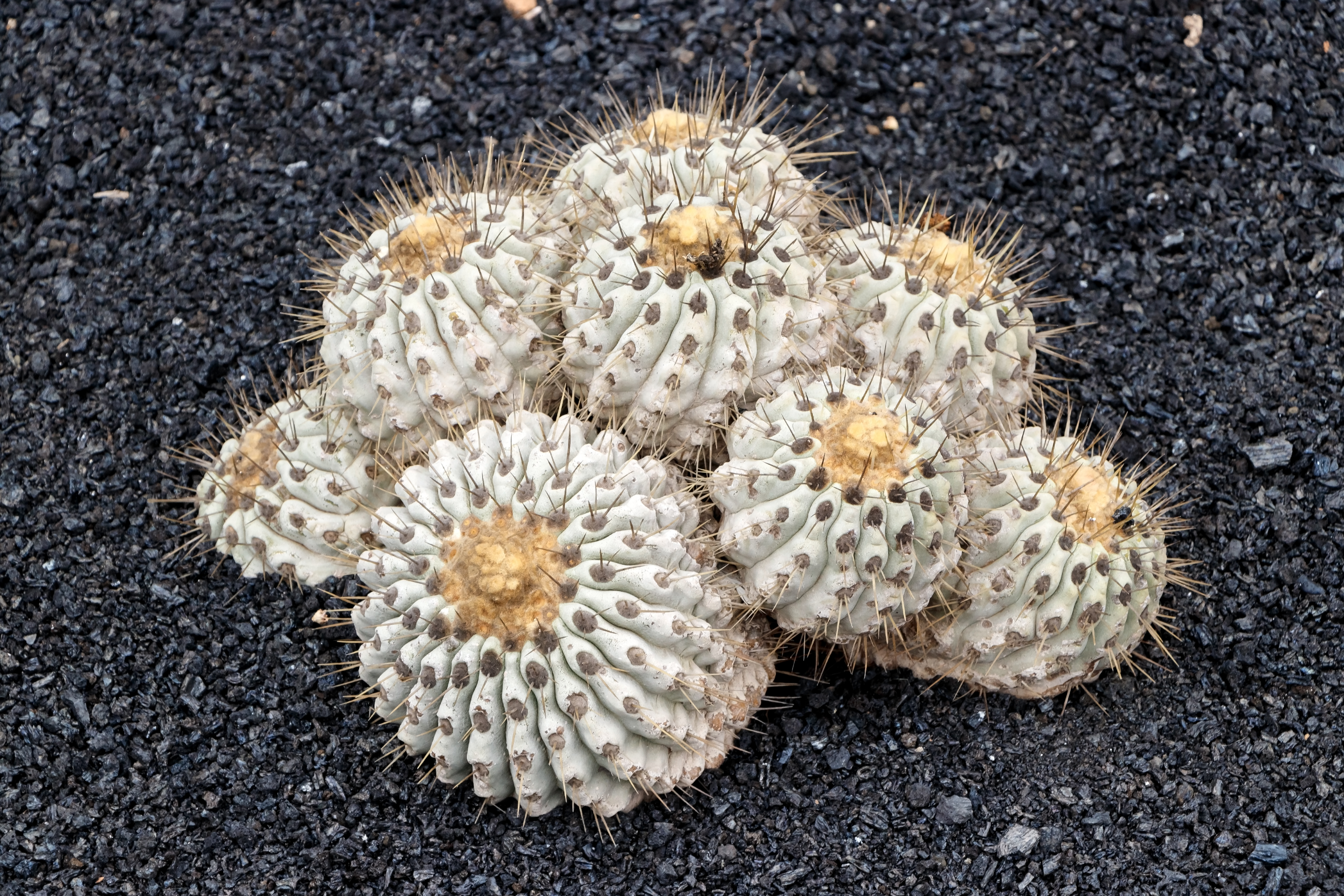|
Orto Botanico Dell'Università Di Pavia
The Orto Botanico dell'Università di Pavia also known as the Orto Botanico di Pavia (''Botanical Garden of Pavia'' in English), is a botanical garden maintained by the University of Pavia. It is located at Via S. Epifanio, 14, Pavia, Italy, and is open to the public on weekends. The botanical garden covers an area of about two hectares and has approximately two thousand different species of plants, which are organised in sections. The current director is Francesco Sartori.The Botanical Garden stands in the place where the church of Saint Epiphanius was located, of which it preserves the cloister of the 15th century. The garden was started in 1773 as a successor to Pavia's earlier Orto dei Semplici (established 1558). By 1775 the garden was in use, with its first wooden greenhouses constructed in 1776 designed by Giuseppe Piermarini, then modified by Luigi Canonica in 1815. Nocca Domenico organized and expanded the garden 1797–1826, adding collections to exchange seeds and plan ... [...More Info...] [...Related Items...] OR: [Wikipedia] [Google] [Baidu] |
Succulent
In botany, succulent plants, also known as succulents, are plants with parts that are thickened, fleshy, and engorged, usually to retain water in arid climates or soil conditions. The word ''succulent'' comes from the Latin word ''sucus'', meaning "juice" or "sap". Succulent plants may store water in various structures, such as leaves and stems. The water content of some succulent organs can get up to 90–95%, such as '' Glottiphyllum semicyllindricum'' and '' Mesembryanthemum barkleyii''. Some definitions also include roots, thus geophytes that survive unfavorable periods by dying back to underground storage organs may be regarded as succulents. The habitats of these water-preserving plants are often in areas with high temperatures and low rainfall, such as deserts, but succulents may be found even in alpine ecosystems growing in rocky soil. Succulents are characterized by their ability to thrive on limited water sources, such as mist and dew, which makes them equipped to s ... [...More Info...] [...Related Items...] OR: [Wikipedia] [Google] [Baidu] |
Araceae
The Araceae are a family of monocotyledonous flowering plants in which flowers are borne on a type of inflorescence called a spadix. The spadix is usually accompanied by, and sometimes partially enclosed in, a spathe (or leaf-like bract). Also known as the arum family, members are often colloquially known as aroids. This family of 140 genera and about 4,075 known species is most diverse in the New World tropics, although also distributed in the Old World tropics and northern temperate regions. Many species display very decorative leaves and flowers, and they are widely used for gardening; popular as indoor plants and also outdoor plants where climates are mild, and winter freezes will not generally occur. However, some temperate species are also very popular in Mediterranean-climate gardening, or in moderately cool temperate zones, such as ''Zantedeschia''. Description Species within Araceae are often rhizomatous or tuberous, and the leaves nearly always contain calcium oxa ... [...More Info...] [...Related Items...] OR: [Wikipedia] [Google] [Baidu] |
Orchid
Orchids are plants that belong to the family Orchidaceae (), a diverse and widespread group of flowering plants with blooms that are often colourful and fragrant. Along with the Asteraceae, they are one of the two largest families of flowering plants. The Orchidaceae have about 28,000 currently accepted species, distributed in about 763 genera. (See ''External links'' below). The determination of which family is larger is still under debate, because verified data on the members of such enormous families are continually in flux. Regardless, the number of orchid species is nearly equal to the number of bony fishes, more than twice the number of bird species, and about four times the number of mammal species. The family encompasses about 6–11% of all species of seed plants. The largest genera are ''Bulbophyllum'' (2,000 species), ''Epidendrum'' (1,500 species), ''Dendrobium'' (1,400 species) and ''Pleurothallis'' (1,000 species). It also includes ''Vanilla'' (the genus of the ... [...More Info...] [...Related Items...] OR: [Wikipedia] [Google] [Baidu] |
Lithops
''Lithops'' is a genus of succulent plants in the ice plant family, Aizoaceae. Members of the genus are native to southern Africa. The name is derived from the Ancient Greek words () 'stone' and () 'face', referring to the stone-like appearance of the plants. They avoid being eaten by blending in with surrounding rocks and are often known as pebble plants or living stones. The formation of the name from the Ancient Greek ''-ops'' means that even a single plant is called a Lithops. Description Individual ''Lithops'' plants consist of one or more pairs of bulbous, almost fused leaves opposite to each other and hardly any stem. The slit between the leaves contains the meristem and produces flowers and new leaves. The leaves of ''Lithops'' are mostly buried below the surface of the soil, with a partially or completely translucent top surface known as a leaf window which allows light to enter the interior of the leaves for photosynthesis. During winter a new leaf pair, or occa ... [...More Info...] [...Related Items...] OR: [Wikipedia] [Google] [Baidu] |
Rebutia
''Rebutia'' is a genus of flowering plants in the family cactus, Cactaceae, native to Bolivia and Argentina. They are generally small, colorful cacti, globular in form, which freely produce flowers that are relatively large in relation to the body. They have no distinctive ribs, but do have regularly arranged small tubercles. They are considered fairly easy to grow and they may produce large quantities of seeds that germinate freely around the parent plant. The limits of the genus are currently uncertain – in particular whether or not it includes species formerly or currently placed in the genera ''Aylostera'', ''Cintia'', ''Sulcorebutia'' and ''Weingartia''. The number of species included varies widely from source to source. A very large number of plants that have been treated in cultivation as species of ''Rebutia'' are now generally regarded as varieties, forms or synonyms of a much smaller number of species. Systematics The genus was designated in 1895 by Karl Moritz Schuma ... [...More Info...] [...Related Items...] OR: [Wikipedia] [Google] [Baidu] |
Lobivia
''Lobivia'' is a genus of Cactus, cacti native species, native to South America from Bolivia, Peru to northwestern Argentina and Northern Chile. Species Species of the genus ''Lobivia'' according to Plants of the World Online : References External links * * {{Authority control Lobivia, Cacti of South America Endemic flora of Argentina Endemic flora of Bolivia Endemic flora of Peru Cactoideae genera ... [...More Info...] [...Related Items...] OR: [Wikipedia] [Google] [Baidu] |
Frailea
''Frailea'' is a genus of globular to short cylindrical cacti native to South America. These species are cleistogamous. They were first classified in the genus ''Echinocactus''. Species Species accepted by the Plants of the World Online Plants of the World Online (POWO) is an online database published by the Royal Botanic Gardens, Kew. It was launched in March 2017 with the ultimate aim being "to enable users to access information on all the world's known seed-bearing plants by ... as of October 2022: References External linksFrailea web Cacti of South America [...More Info...] [...Related Items...] OR: [Wikipedia] [Google] [Baidu] |
Welwitschia Mirabilis
''Welwitschia'' is a monotypic gymnosperm genus, comprising solely the distinctive ''Welwitschia mirabilis'', endemic to the Namib desert within Namibia and Angola. ''Welwitschia'' is the only living genus of the family Welwitschiaceae and order Welwitschiales in the division Gnetophyta, and is one of three living genera in Gnetophyta, alongside ''Gnetum'' and ''Ephedra''. Informal sources commonly refer to the plant as a "living fossil". Naming ''Welwitschia'' is named after the Austrian botanist and doctor Friedrich Welwitsch, who described the plant in Angola in 1859. Welwitsch was so overwhelmed by the plant that he, "could do nothing but kneel down ..and gaze at it, half in fear lest a touch should prove it a figment of the imagination." Joseph Dalton Hooker of the Linnean Society of London, using Welwitsch's description and collected material along with material from the artist Thomas Baines who had independently recorded the plant in Namibia, described the species. Wel ... [...More Info...] [...Related Items...] OR: [Wikipedia] [Google] [Baidu] |
Obregonia Denegrii
''Obregonia'', the artichoke cactus, is a monotypic genus of cacti, containing the species ''Obregonia denegrii''. The species is endemic to the state of Tamaulipas in Mexico. The genus ''Obregonia'' is named after Álvaro Obregón, while the species is named after Ramon P. De Negri, who was the Minister of Agriculture of Mexico when the cacti was first described by Alfred Frec in 1923. Description This rare species resembles an inverted green pine cone with a woolly center. It grows slowly in culture and requires little water. It benefits from full sun and is multiplied by seed. It is very slow growing. It is an IUCN Red List Endangered species. Uses The Nahuatl Indians call the plant ''peyotl'', and it is said to have hallucinogenic alkaloids. It is one of the closest living relatives of the genus ''Lophophora ''Lophophora'' () is a genus of spineless, button-like cacti. Its area range covers southern through northeastern and north-central Mexico to Querétaro in ... [...More Info...] [...Related Items...] OR: [Wikipedia] [Google] [Baidu] |
Lophophora Williamsii
The peyote (; ''Lophophora williamsii'' ) is a small, spineless cactus which contains psychoactive alkaloids, particularly mescaline. ''Peyote'' is a Spanish word derived from the Nahuatl (), meaning "caterpillar cocoon", from a root , "to glisten". p. 246. See peyotl in Wiktionary. Peyote is native to Mexico and southwestern Texas. It is found primarily in the Sierra Madre Occidental, the Chihuahuan Desert and in the states of Nayarit, Coahuila, Nuevo León, Tamaulipas, and San Luis Potosí among scrub. It flowers from March to May, and sometimes as late as September. The flowers are pink, with thigmotactic anthers (like ''Opuntia''). Known for its psychoactive properties when ingested, peyote has at least 5,500 years of entheogenic and medicinal use by indigenous North Americans. Description The various species of the genus ''Lophophora'' grow low to the ground and they often form groups with numerous, crowded shoots. The blue-green, yellow-green or sometimes reddish-g ... [...More Info...] [...Related Items...] OR: [Wikipedia] [Google] [Baidu] |
Copiapoa Cinerea
''Copiapoa cinerea'' is a species of plant in the genus ''Copiapoa'' in the family Cactaceae. The epithet ''cinerea'' comes from the Latin word for ash, by reference to the colour of the epidermis. It comes from the region of Antofagasta and the coastal zones of northern Chile Chile, officially the Republic of Chile, is a country in the western part of South America. It is the southernmost country in the world, and the closest to Antarctica, occupying a long and narrow strip of land between the Andes to the east a .... The area is very arid. However, there are dense fogs, due to cold streams of the Pacific Ocean. These fogs are frequent, in early morning or late afternoon at an altitude between . The ash-grey to white coloured epidermis contrasts with typically black spines and woolly crown when adult. Description This cactus is globular, then columnar up to tall, in diameter, with 30 ribs. Only old plants offset from the base. The light coloration is a protection ag ... [...More Info...] [...Related Items...] OR: [Wikipedia] [Google] [Baidu] |







